This is because logistics infrastructure is also a fundamental element of the national economic infrastructure, so upgrading logistics infrastructure is equivalent to investing in the country’s economic development infrastructure.
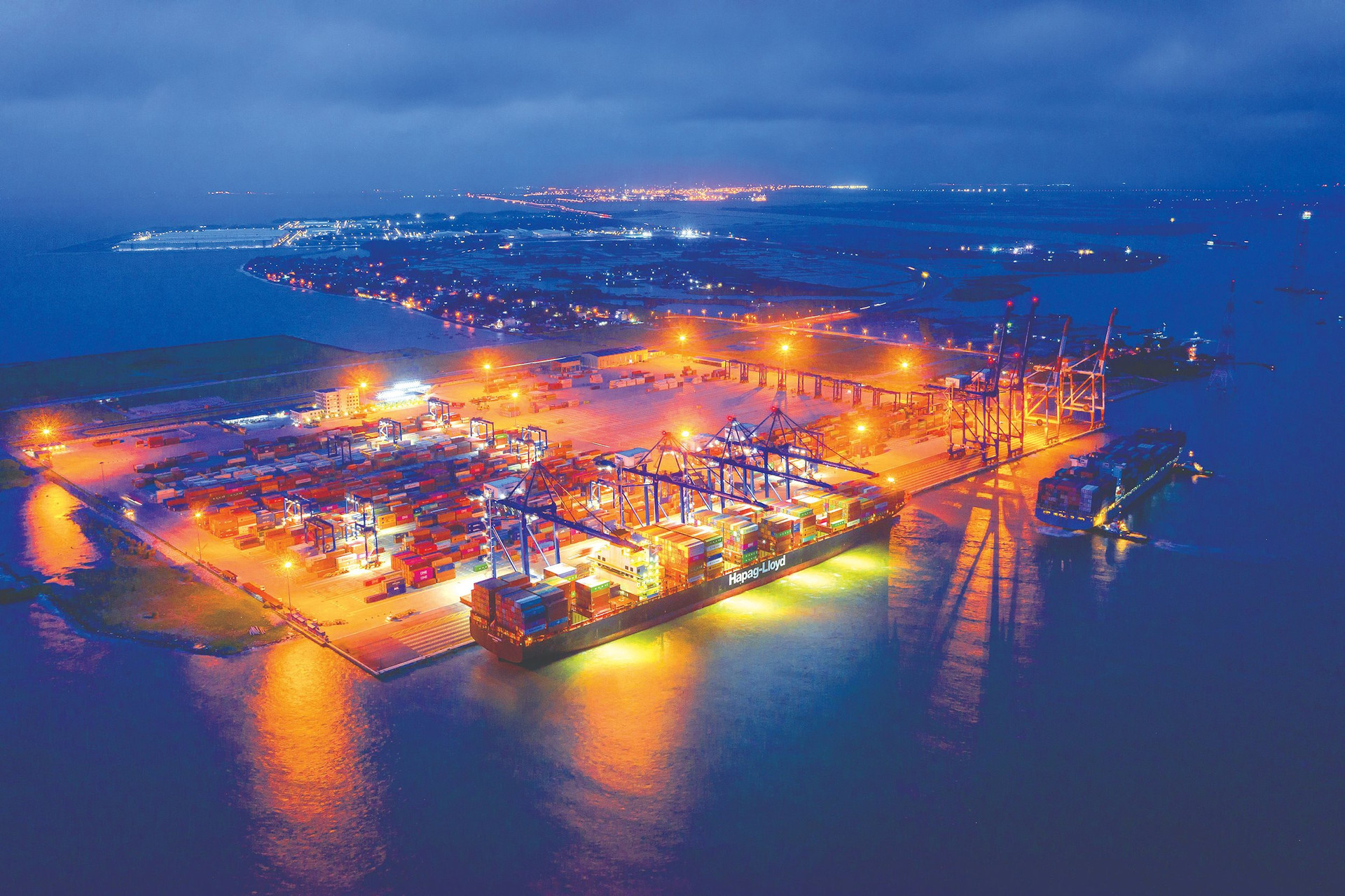
1. The relationship between logistics infrastructure and national economic development
In a study on the relationship between the national logistics system and national competitiveness called “Logistics systems as a factor of the country’s competitiveness” in 2011, the authors Navickas et al. (2011) presented the mechanism of the impact of logistics infrastructure investment on economic growth.
According to this study, investment in logistics infrastructure helps enhance the capacity of the logistics system, improve the efficiency and quality of logistics services, and increase value-added. Consequently, it creates conditions for reducing logistics costs, shortening transportation time, and expanding business opportunities. The result is that this process enhances the efficiency and competitiveness of the country, thereby promoting economic growth. The mechanism of the impact of logistics infrastructure investment on economic growth is analyzed as follows:
- » Firstly, the development of logistics infrastructure helps connect supply and demand, increase the demand for goods, and facilitate trade flows: The biggest challenge that companies face in the international market is narrowing the gap between supply and demand for products, from sourcing raw materials, production, to distribution. Therefore, improving logistics infrastructure will expedite the transportation of goods from one place to another, supply products timely, and quickly bridge the gap between supply and demand, thereby facilitating trade flows. The logistics system creates location and time advantages for goods, so when logistics infrastructure improves, the demand for various goods will significantly improve due to increased mobility and smooth movement. The market scope serving customers becomes larger, leading to increased total sales revenue, business expansion, and driving economic development.
- » It helps reduce the time for supplying raw materials and distributing goods, ensuring important and timely supply: Improving logistics infrastructure brings direct benefits to production and distribution by saving time in transporting goods. As a result, manufacturers have better access to remote raw material markets and distant commodity markets, attracting investment capital into larger areas, stimulating local production, and promoting balanced economic development across regions. An efficient logistics system also helps companies provide timely and safe products to distant international markets. Quality and delivery time are guaranteed for perishable and high-value products such as fresh fruits and seafood.
- » It helps reduce logistics and business costs: Improving logistics infrastructure will help maintain low logistics costs because the transportation of goods becomes seamless and uninterrupted due to better-connected networks of ports, railway stations, roads, and airways. For example, in China, with good road connectivity, a truck can travel 1,300 km within the country in about 74 hours. With a similar distance, it takes 144 hours to travel from Delhi to Kolkata in India. This delay not only prolongs the time for supplying goods but also increases transportation costs due to disruptions, resulting in increased opportunity costs for sales. It reduces the quality of certain types of goods and forces them to be sold at lower prices in the market.
» Lastly, improving logistics infrastructure helps expand the global market: When logistics infrastructure improves, it will enhance the network connectivity of global logistics companies, allowing goods to reach customers worldwide. For example, Vietnamese fruits have great export potential, but they can only contribute to the global market if the cold chain logistics infrastructure is improved; otherwise, these business opportunities will be missed.
The governments of developing countries often have policies that encourage investment in logistics infrastructure to positively impact economic growth. However, the impact of investment in logistics infrastructure varies among different groups of countries. Research conducted by Han et al. (2020) shows that, holding other factors constant, a 1% increase in investment in physical infrastructure in the previous year will lead to an additional average GDP growth of 0.30% in the following year. The study also demonstrates that this impact is higher in developing countries in the ASEAN region compared to advanced economies, with a difference of 0.59%. This finding indicates that for developing countries like Vietnam, promoting investment in infrastructure to continue economic development will be more effective in the current phase.
2. Investment in logistics infrastructure and economic development in Vietnam
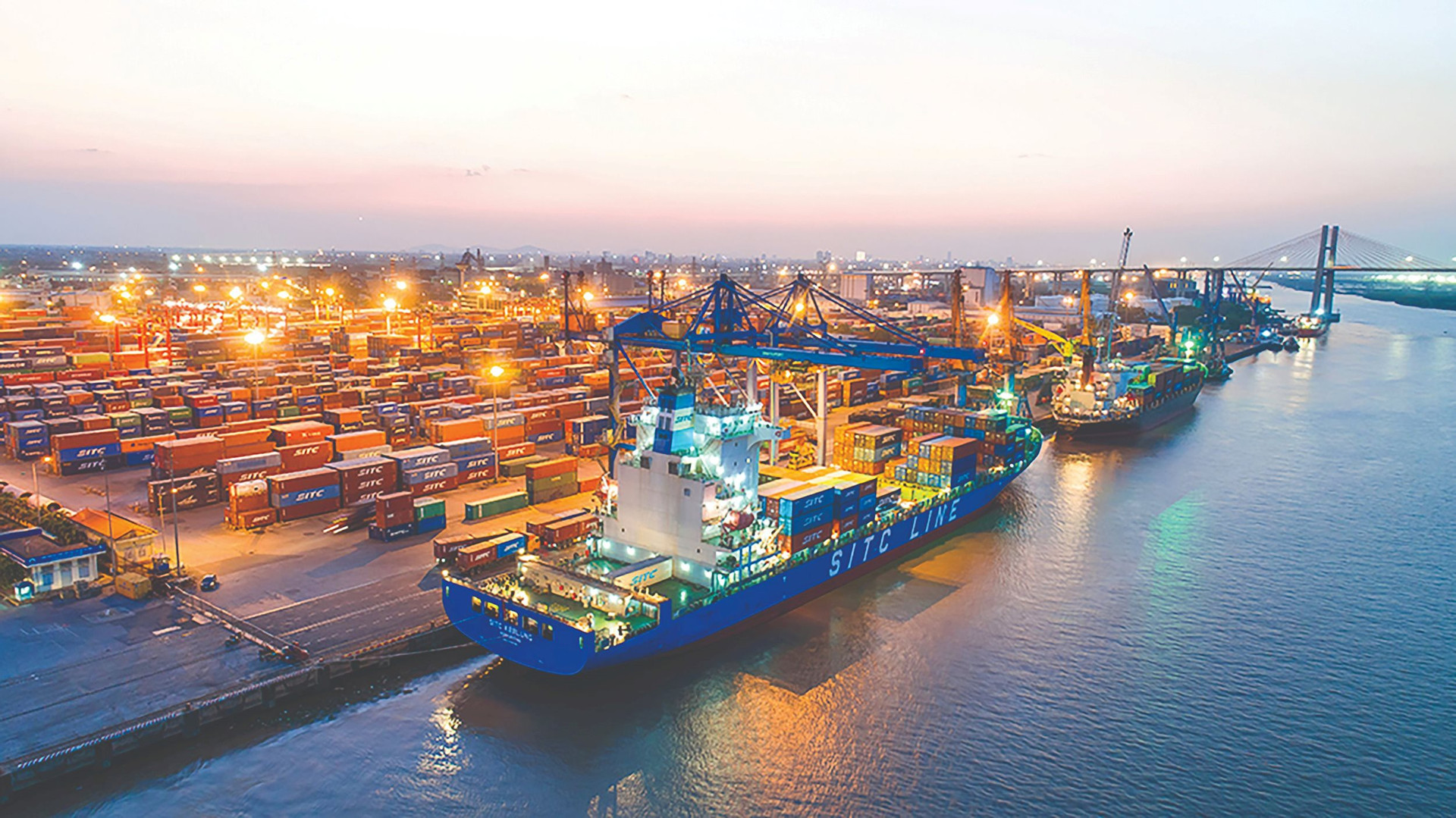
Vietnam has achieved a relatively high economic growth rate (an average of over 6% per year), but it is believed that its full potential has not been fully realized due to an inefficient logistics system, primarily due to significant limitations in logistics infrastructure. This reality has prompted the government to make strong investments in the logistics infrastructure system in the past decade. Statistical data from the Asian Development Bank shows that Vietnam had the highest proportion of investment in infrastructure (5.8%) in the ASEAN region in 2017.
This investment trend continues, and according to forecasts for 2025, Vietnam will still be among the countries with the highest proportion of investment in infrastructure in the region, along with the Philippines (10%), Vietnam, and Malaysia (9%).
The benefits of national investment policies in infrastructure and logistics are evident in the growth of the logistics industry from 2007 to the present. According to the World Bank’s report, in 2023, Vietnam’s national logistics capacity index reached the 43rd position with a total LPI score of 3.3 on a scale from 1 to 5. The increase in the overall LPI score from 2007 to 2023 is based on individual improvements in various logistics development indices. Notably, the infrastructure index improved from the 60th position with a score of 2.5 in 2007 to the 47th position with a score of 3.2 (Table 1).
The World Bank’s report also shows that along with the increase in the logistics infrastructure score, the national logistics capacity score has also increased, placing Vietnam in the fourth position in the region, following Singapore, Thailand, and Malaysia. However, for investment in logistics infrastructure to truly promote the development of the industry and have a positive impact on the country’s economic growth, ensuring the efficiency of capital investment (Investment Capital Output Ratio - ICOR) needs special attention.
According to the data from the General Statistics Office, Vietnam’s Incremental Capital Output Ratio (ICOR) has shown a decreasing trend from 6.42 in 2016 to 6.08 in 2019. The average ICOR for the period of 2016-2019 was 6.13, which is lower than the ICOR of 6.25 during the period of 2011-2015. However, in 2020, due to the negative impact of the Covid-19 pandemic, the ICOR increased to 14.28 and further rose to 15.54 in 2021. The economic growth rates for 2020 and 2021 were 2.91% and 2.58% respectively. In 2022, with the economic recovery and a GDP growth rate of 8.02%, the ICOR decreased to 5.92. This is a relatively low level compared to 2020 and 2021, indicating an improving effectiveness of overall investment. However, when compared to the ICOR of countries in the region such as Japan in the 1970s, South Korea, and Taiwan in the 1980s (under similar conditions and circumstances as Vietnam), their ICOR ranged from 2.5 to 3. Thailand and Malaysia had ICOR levels of 3 to 4. Particularly, aiming to reduce the ICOR to an average of 4.9 in the period of 2021-2030 remains a significant challenge, requiring multiple measures to ensure early and effective investment results.



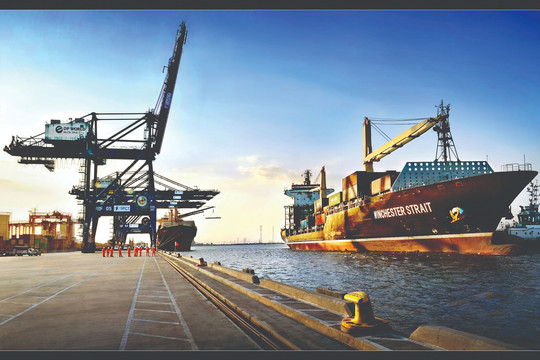

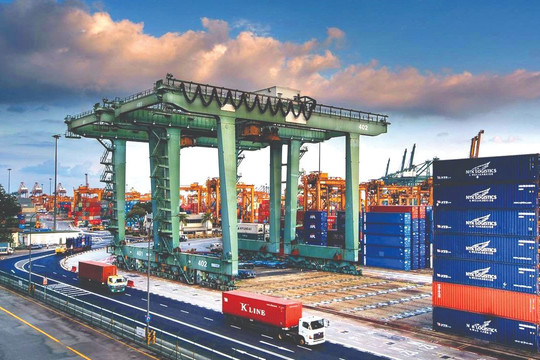



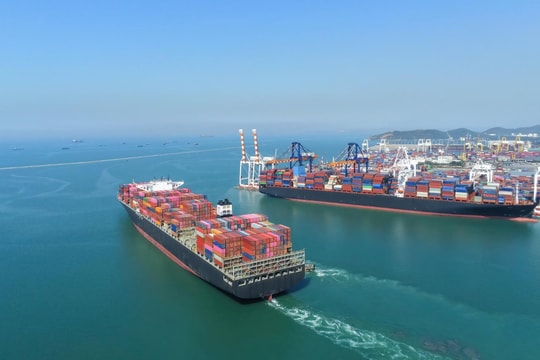

.png)


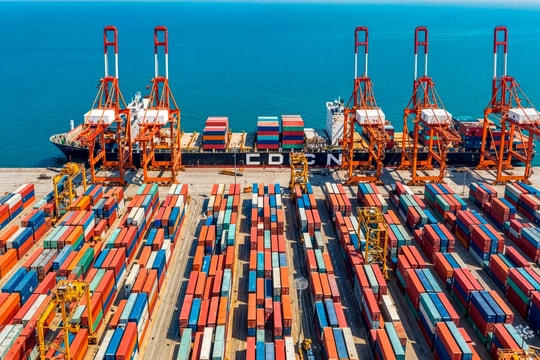




.png)